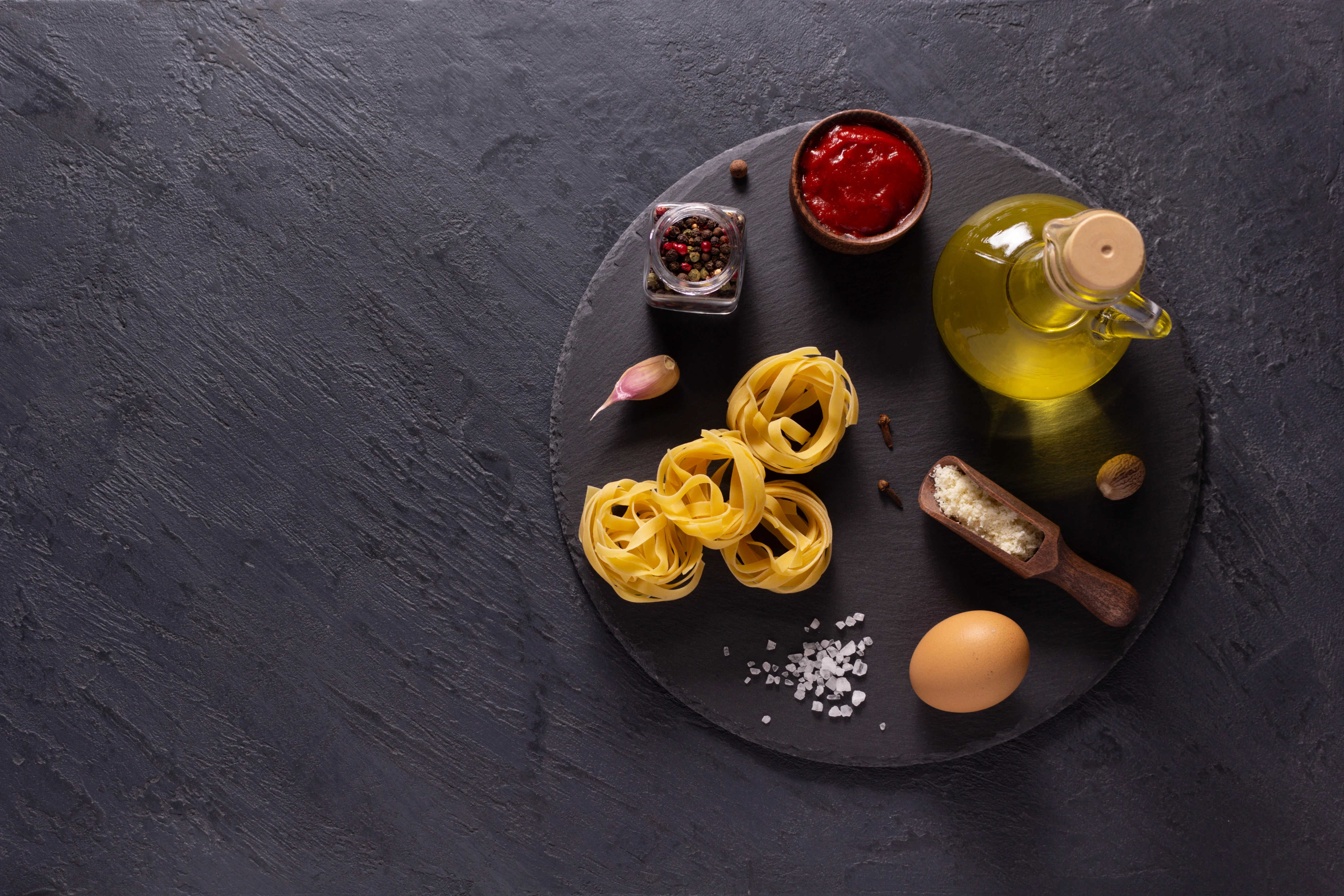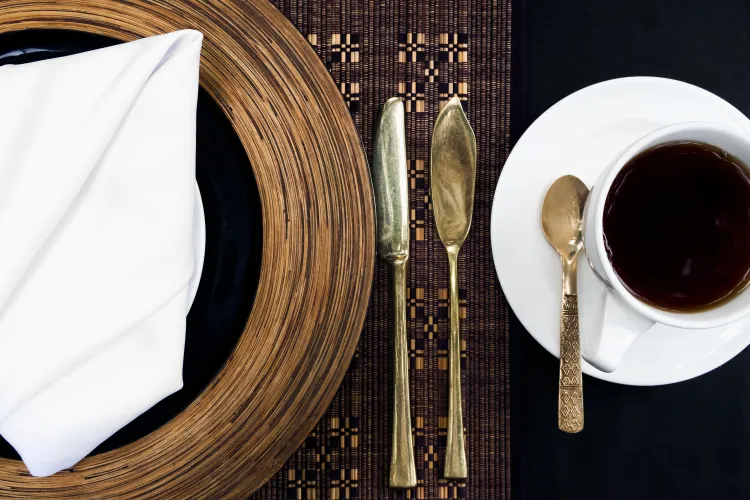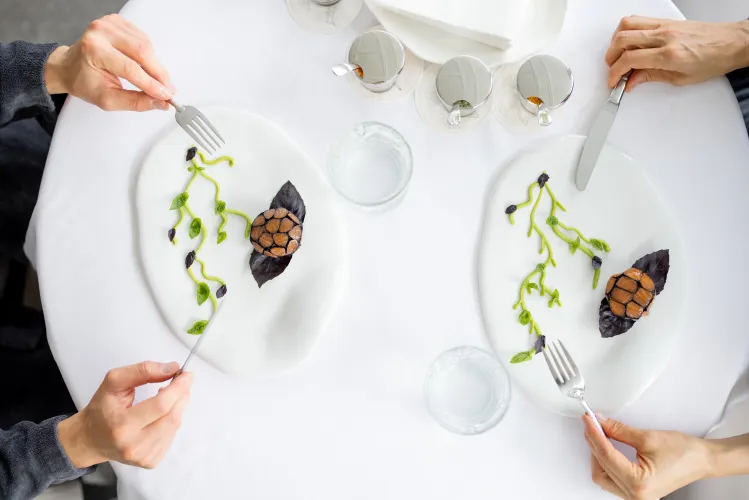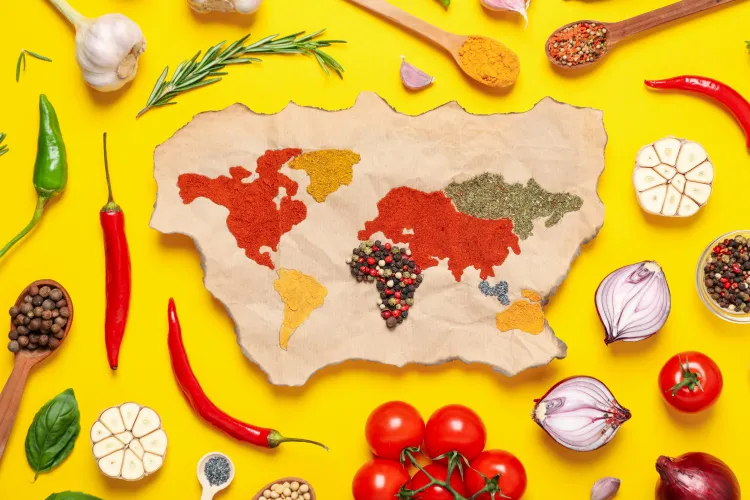Food isn't just sustenance; it's an art form. In the kitchen, we act as alchemists, transforming humble ingredients into flavor explosions and culinary masterpieces. This "food alchemy" involves a fascinating interplay of science and creativity, where basic techniques unlock a world of delicious possibilities.
Caramelization: The Art of Sweetness: Imagine a golden brown onion, its sugars releasing a complex sweetness. Caramelization, the controlled browning of sugars, adds depth and complexity to everything from vegetables to desserts.
The Maillard Reaction: The Searing Secret: The sizzle of a steak hitting the pan isn't just a sound effect. The Maillard Reaction, a chemical process between amino acids and sugars, creates the irresistible savory flavors that define everything from grilled meats to perfectly toasted bread.
Acid Balancing: The Yin and Yang of Flavor: A squeeze of lemon can elevate a dish. Acid adds a refreshing counterpoint to richness and fat, creating a harmonious balance of flavors. Mastering acid balancing is a key alchemical skill.
Emulsification: The Magic of Cream: Oil and water don't mix, or so they say. Emulsification, the process of combining two immiscible liquids to create a stable mixture, is the magic behind creamy sauces like mayonnaise and hollandaise.
Fermentation: Ancient Technique, Modern Marvel: From the tang of yogurt to the bubbly joy of champagne, fermentation is an age-old alchemical process that transforms ingredients through the power of microbes.
These fundamental techniques are just the beginning. The true magic happens when we combine them, pushing culinary boundaries. Here's where the creativity comes in:
Deconstruction and Reconstruction: Take a classic dish like lasagna and break it down into its core components. Now, reimagine them! Imagine a crispy lasagna "soil" made from dehydrated pasta sheets, topped with a dollop of creamy ricotta "cheese" and a burst of vibrant tomato "caviar."
Flavor Pairings: Certain ingredients are natural alchemical partners. Think of the sweet and salty combination of chocolate and sea salt, or the earthy richness of mushrooms paired with the fragrant zest of truffle. Experimenting with unexpected flavor pairings can unlock new levels of culinary magic.
Molecular Gastronomy: Embark on the cutting edge of food alchemy with molecular gastronomy. This scientific approach to cooking uses techniques like spherification (creating edible "caviar") and espumas (airy foams) to create visually stunning and texturally surprising dishes.
The Final Course: A Symphony of Senses
Food alchemy isn't just about transforming ingredients; it's about transforming an experience. When we combine masterful techniques with creative vision, the result is a symphony of senses. The aroma entices, the visuals intrigue, the textures tantalize, and ultimately, the flavors transport us.
So, the next time you step into your kitchen, remember the alchemist within. Experiment, explore, and unleash your culinary magic. After all, the most delicious discoveries are often just a whisk away!




